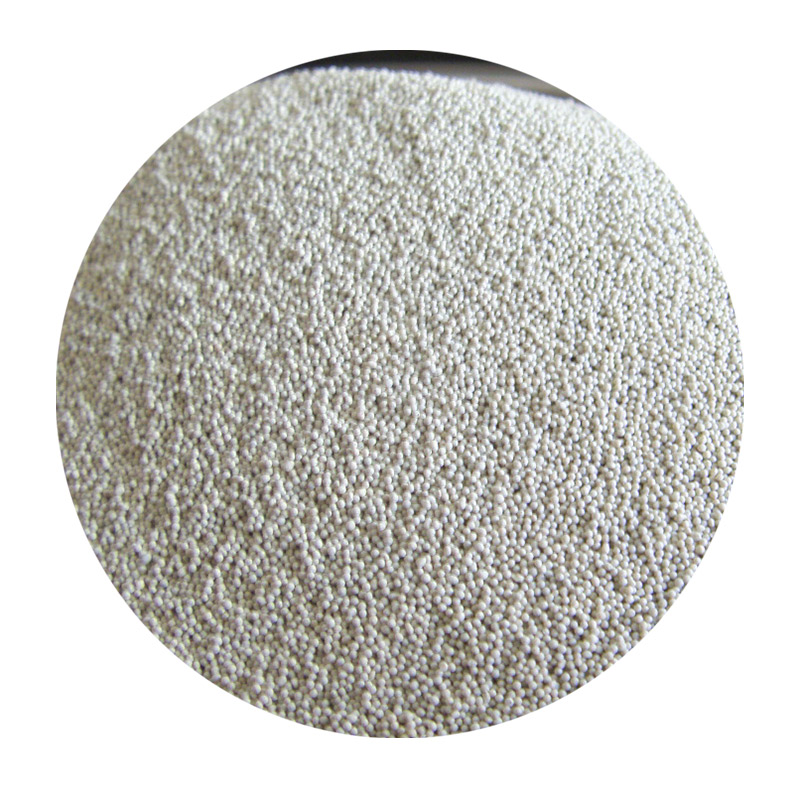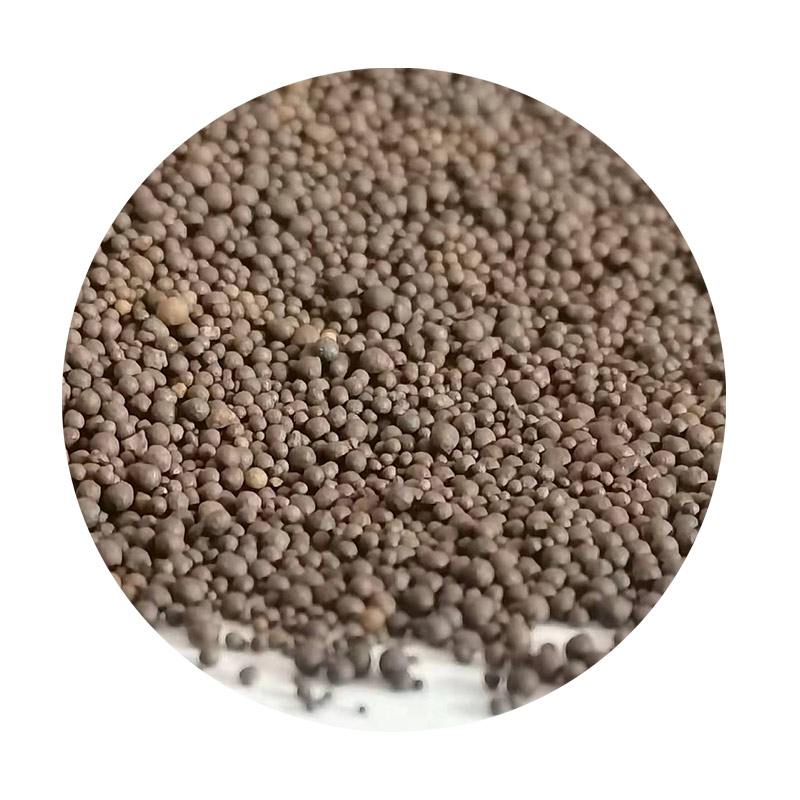- Overview of Sand Casting Fundamentals
- Quantitative Comparison of Casting Methods
- Technical Advantages in Modern Manufacturing
- Market Leader Performance Analysis
- Custom Engineering Solutions
- Industrial Implementation Case Studies
- Strategic Recommendations for Implementation

(sand casting conclusion)
Understanding Sand Casting Fundamentals
Sand casting remains the most versatile metal forming process, accounting for 60% of all metal castings produced globally according to the American Foundry Society. This method's adaptability allows production of components ranging from 100g to 200 tons, serving industries from automotive to heavy machinery. Unlike disposable mold processes, sand casting's reclaimable silica sand base provides environmental advantages, with 95% of molding materials being recyclable.
Quantitative Process Comparison
| Metric | Sand Casting | Die Casting | Permanent Mold |
|---|---|---|---|
| Tooling Cost | $2,500-$15,000 | $30,000-$80,000 | $18,000-$45,000 |
| Production Rate | 5-50 units/hr | 50-200 units/hr | 20-80 units/hr |
| Surface Finish (Ra) | 400-800 µin | 150-300 µin | 250-500 µin |
This data from the International Journal of Metalcasting reveals sand casting's economic advantage for low-volume production, while maintaining competitive lead times of 2-4 weeks for prototype tooling.
Technical Superiority in Practice
Modern sand casting systems achieve dimensional tolerances of ±0.015 in/in, comparable to many permanent mold processes. Advanced binder systems have reduced gas defects by 40% since 2015, while automated flask lines now achieve 95% consistency in mold hardness. These improvements enable sand casting to produce complex geometries with wall thicknesses down to 3mm in aluminum alloys.
Manufacturer Capability Assessment
Leading suppliers demonstrate distinct specializations:
- Supplier A: 250-ton capacity for marine components
- Supplier B: High-precision (±0.5%) aerospace castings
- Supplier C: Automated production of 15,000 engine blocks/month
Customization Potential
Hybrid solutions combining 3D printed sand cores with traditional molding reduce development time by 30% while maintaining 15% cost advantage over permanent mold alternatives. Modular pattern systems enable rapid configuration changes within 8-hour production windows.
Industry Application Evidence
A recent wind turbine project utilized sand casting for 8-meter diameter gearbox housings, achieving 22% weight reduction versus fabricated steel alternatives. The production run of 150 units demonstrated 98% dimensional compliance despite complex internal cooling channels.
Strategic Sand Casting Conclusion
While die casting dominates high-volume production (50,000+ units), sand casting maintains critical advantages for 78% of industrial applications requiring either large components or medium batch sizes (500-5,000 units). Recent advancements in mold-making automation and alloy compatibility position this centuries-old process as a viable solution for next-generation manufacturing challenges.

(sand casting conclusion)
FAQS on sand casting conclusion
Q: What is the conclusion of sand casting?
A: Sand casting is cost-effective for low-to-medium volume production, offers design flexibility for complex shapes, but has lower dimensional accuracy and surface finish compared to other methods.
Q: What is the difference between die casting and sand casting?
A: Die casting uses reusable metal molds for high-volume production with precise tolerances, while sand casting employs expendable sand molds suited for larger, simpler parts and lower costs.
Q: How does sand casting differ from permanent mold casting?
A: Sand casting uses disposable sand molds for complex geometries and ferrous metals, whereas permanent mold casting relies on reusable metal molds for faster cycles and smoother finishes in non-ferrous applications.
Q: Why choose sand casting over die casting?
A: Sand casting is preferred for large parts, low tooling costs, and compatibility with high-melting-point metals, whereas die casting excels in mass production of small, detailed components.
Q: Which is more cost-effective: sand casting or permanent mold casting?
A: Sand casting has lower upfront costs for small batches, while permanent mold casting becomes economical for higher volumes due to reusable molds and reduced per-unit labor.
Next:Adding Sand to Resin Casting Guide & Pro Finishing Tips
